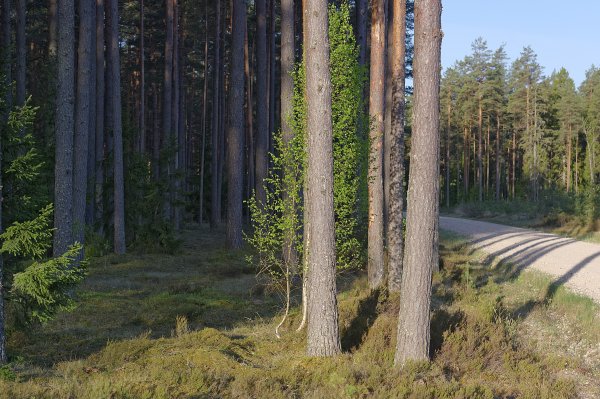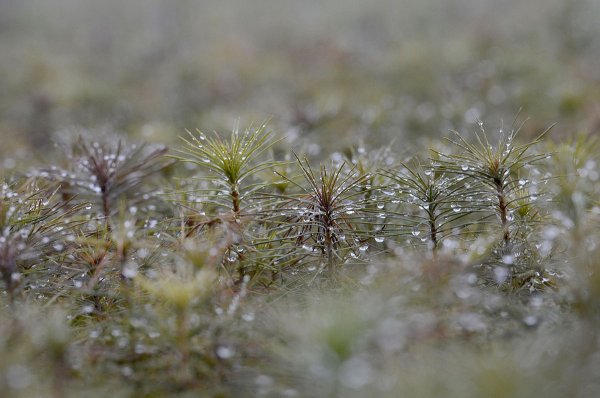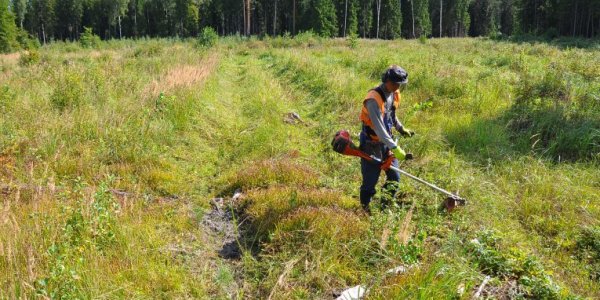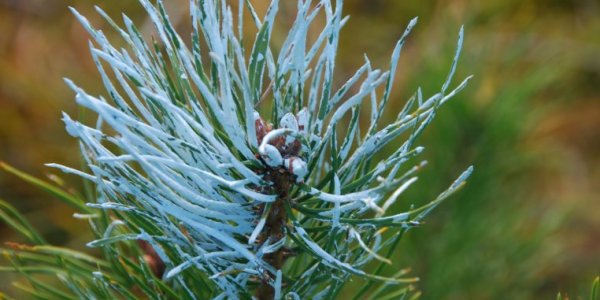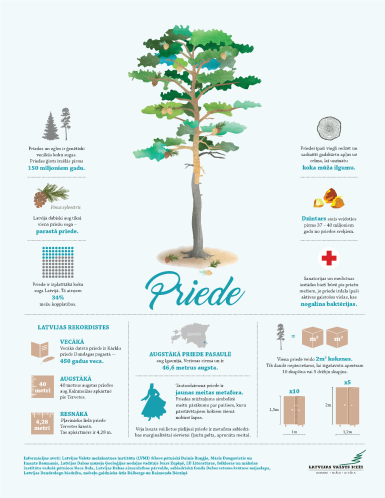LVM Increases Forest Regeneration with Pine Trees
Pine forest stands are an integral part of the Latvian landscape, they occupy one third of the total forest area; the share of pine trees in state forests reaches as much as 47%. Only 20 years have passed since the founding of JSC “Latvia’s State Forests” (LVM), but the amount of pine forests has increased more than twice as compared to the end of the 20th century, and about four times as compared to the 80s of the last century. This increase is due to the accumulated experience of foresters, forest breeding and high-quality planting material in the required volumes.
The amount of pine seedlings cultivated in LVM nurseries has also almost doubled: from 10.1 million plants in 2003 to 20 million in 2018. During this time, the cultivation of container seedlings has evolved which, thanks to the root system contained in the peat substrate, are more durable and have better incubation capacity
Pine trees are naturally restored in part of LVM's managed area. Areas where pines with high-quality trunks have previously grown have been selected for such restoration. To achieve even better restoration results and to obtain excellent pine stands, the new forest is planted with 10 to 20 cm tall pine tree seedlings grown in LVM nurseries from pine seeds obtained in pine seed plantations as a result of selection.
Although Latvian climate generally provides favourable growth conditions for pine forest stands, the cultivation of good quality pine tree stands requires care that is provided through various forest tending works. After planting seedlings in the forest, agro-technical tending is performed: grasses, ferns, shrubs and other competing plants are mown to provide the much needed light for the growth of the small pine trees.
The next step is tending of the young stands, during which a healthy forest stand is to be formed, freeing up space for the most valuable and healthy future trees with the straightest trunks and the strongest crowns where the formation of wood begins as a result of photosynthesis
A timely cultivated forest is healthier, it is more resistant to various natural phenomena, it contains wood that is more valuable. Such well-cultivated pine forests are exposed to damage caused by even-toed ungulates such as deer and elks, especially in areas with a high density of these animals. They like the lush pine shoots and bark, and once the bark is torn, it threatens the further growth of trees.
In order to reduce animal damage and grow high-quality pine stands, LVM employees treat young trees with environmentally friendly agents - repellents that repel wild animals with unpleasant smells and flavours. In turn, protective spirals made of environmentally friendly materials are used to protect pine trunks from their bark being nibbled off. When a pine reaches a height of 7 to 8 metres, its bark gets scaly and wild animals no longer like it.
LVM plans and implements its economic activities by balancing economic, social and environmental requirements. Economic requirements: maximum timber stock per hectare, preserving natural values and taking care of the composition of species. Social interests: forest tending creates a pleasant and safe environment for recreation in the forest. Environmental requirements: provision of a habitat for birds, insects, animals, plants, preserving diversity of species.

